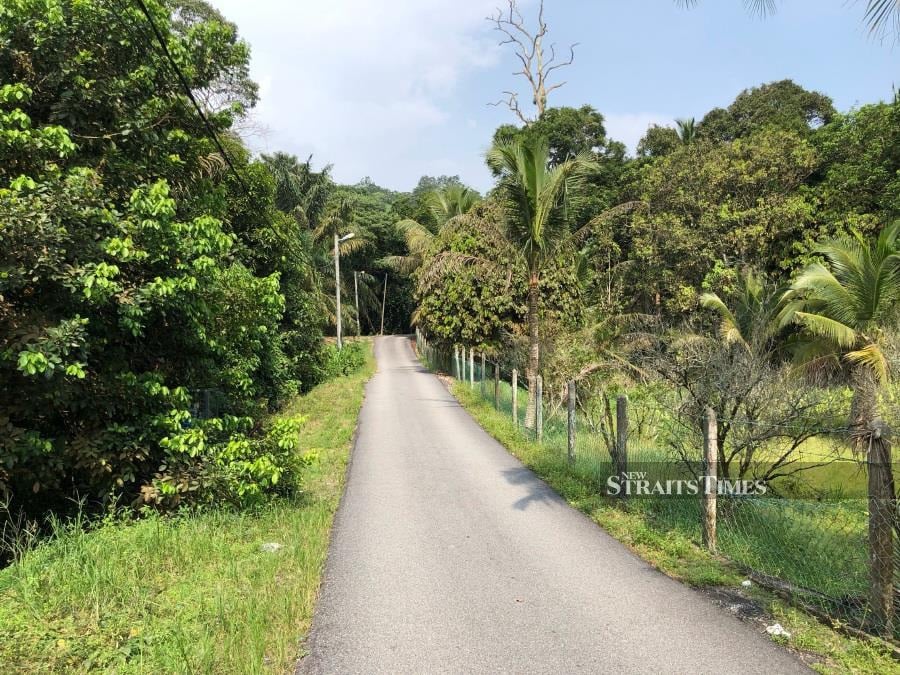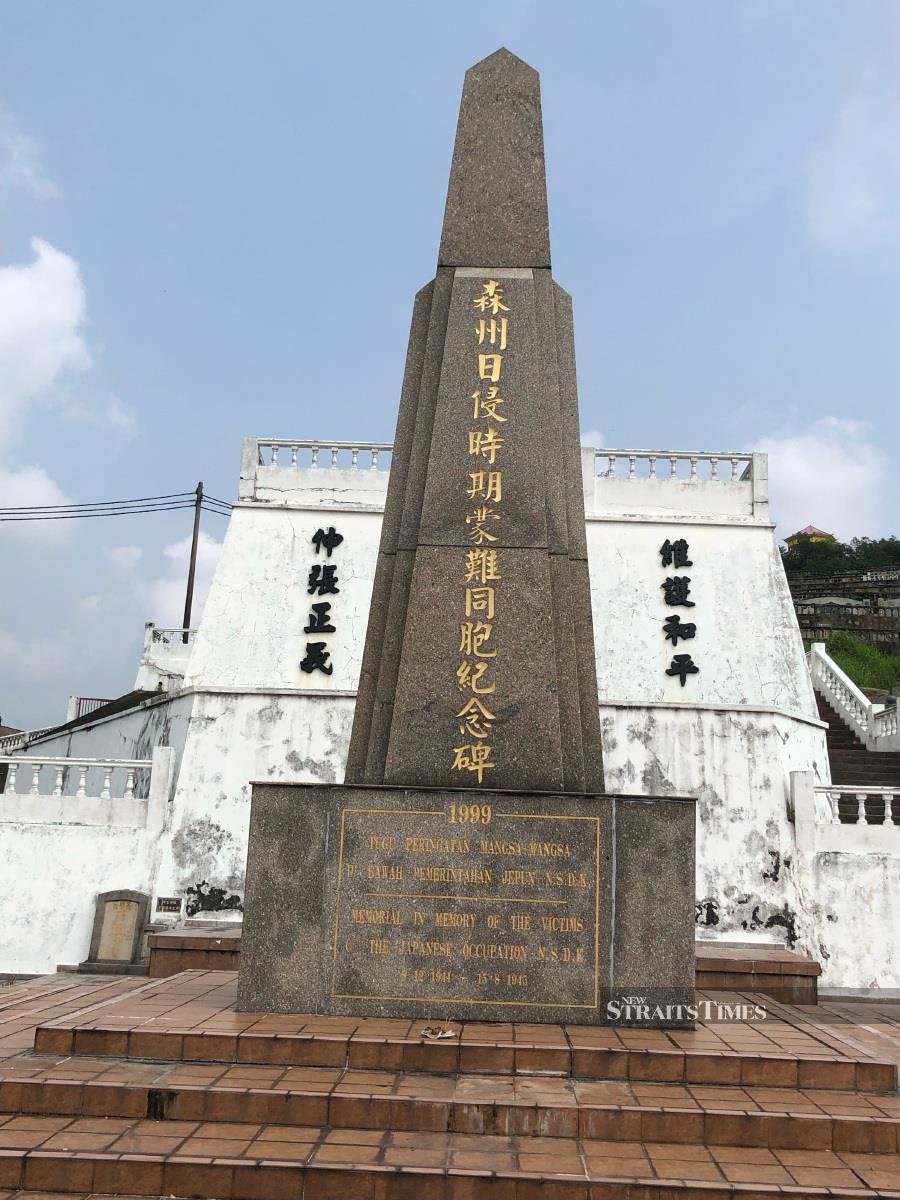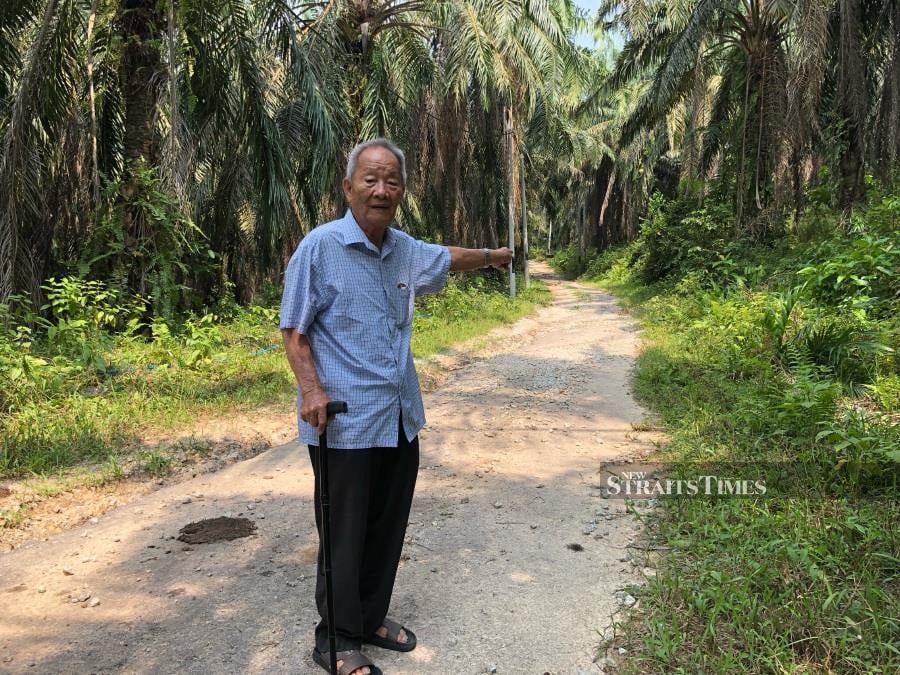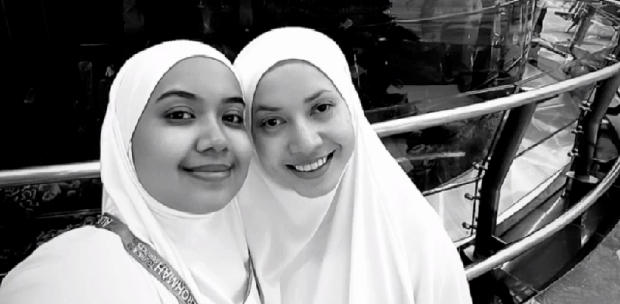"NO, No! Stop, I beg you!" The boy screamed at the Japanese soldier who was in the midst of tossing his 6-month-old baby brother up in the air and piercing him with the long, sharp bayonet of his rifle.
As he heard the sickening squishing sound of the weapon penetrating the baby, he howled at the sight of blood and intestines bursting out of the tiny body. A whimper later and the baby was dead.
Chang Loy was just 6 years old then. Before he could finish his appeal to the soldier, he felt a sharp pain on his back as another Japanese soldier proceeded to stab him with his bayonet. Before the next blow could arrive, Chang passed out from the pain and shock.
The Japanese proceeded to kill the rest of his family and all the villagers living in the kongsi of his rubber estate. No one was spared that fateful day. The whole place was covered with human bodies and blood — the stench was unbearable.
The bodies were left to rot under the hot sun. After the Japanese had killed all the villagers, they covered the bodies with leaves and branches in an attempt to hide the atrocities they committed.
Miraculously, after a few hours, Chang somehow managed to regain consciousness. He'd survived the bayonet assault. It was only much later that he realised he'd endured four thrusts that caused five wounds — four on his back and one in front.
One of the thrusts was so deep that it pierced through his body, resulting in the wound in the front. Fortunately, it missed his heart by a mere centimetre.
His body racked with pain, Chang attempted to close his eyes and rest to compose himself. He could still hear the faint moans and cries of some of the surviving villagers before eventually growing fainter as they succumbed to death.
After the rest, Chang summoned his strength to look for his family. Fortunately, he found his other 4-year-old brother, who also survived multiple bayonet thrusts by the Japanese soldiers. It was indeed a miracle for both the brothers to survive the heinous massacre in their village.
With tears streaming down their swollen cheeks and blood-stained shirts, they searched for their family members. And then they saw her. Their beloved mother lying motionless, her body covered in blood.
They rushed to her side, hugging and shaking her body, hoping to bring her back to life. In between sobs, they called: "Amah, Amah... please wake up, Amah!" Despite the cries, their mother remained motionless. She wasn't coming back to them anymore.
EMOTIONAL AND PSYCHOLOGICAL WOUNDS

Just like that, tears suddenly sprung forth from Chang's eyes. I motion for us to pause our interview seeing just how choked up the elderly man in front of me has become.
He takes the tissues and glass of warm water which I offer him, with a grateful nod. Some comforting words seem to calm him down. I know there's no point in pushing him to further recollect his ordeal or continue with our conversation. I can feel Chang's pain and totally sympathise with him.
Through the course of my many interviews with war survivors, I've had to respect and be sensitive to their feelings as it's never just an exercise in recollecting events from a distant past.
By recalling these events, they also end up reopening the deep emotional and psychological wounds that have laid buried within their hearts and minds for over 80 years.
However, in a way, these conversations also serve to offer a sense of closure. In Chang's case, he was seeking some kind of "justice", driven by the need to let the world know about the tragedy of Sook Ching, and how thousands of innocent families were sacrificed during this murderous campaign.
His voice shaky, Chang continues: "We were afraid the Japanese would return, so we had to quickly find some place to hide. With our last ounce of strength, we crawled to hide in the nearby jungle."
The next day, his uncle from an adjacent village came to look for them. He brought the two brothers back and hid them in his house. They dared not go outside for fear of alerting the Japanese soldiers or spies.
There was no medicine for their bayonet wounds. Over the next few years, the wounds kept oozing blood and pus. They couldn't wear any shirt as it would stick to the wounds and cause intense pain. They had to wear gunny sacks instead. Shivering in the cold at night and subject to constant leech and mosquito bites, they had to endure their pain and discomfort to survive.
As food was scarce, Chang's uncle couldn't afford to feed the two brothers. In the end, the younger of the siblings was sold off for some rice and essential items.

Meanwhile, Chang was forced to work as a farmhand in a remote jungle while bearing the pain from his wounds. He tended to the farm in the day and fended for himself in the night.
Sometimes, at night, he'd hear strange sounds from wild animals and other creatures. But he had no time to fear. It was the evil Japanese that he feared more than any ghost or wild animals. Although he was only 6, Chang knew he needed to be brave to survive the ordeal he was facing.
Every day, he reminded himself that he had to soldier on despite the challenges and difficulties faced during and after the war. He eventually became a small and successful estate owner, and was blessed with a big and happy family. Today, Chang is 90 and living with his fourth son in Rembau, Negri Sembilan.
BLANKET OF DARKNESS

After his brother was sold off, Chang lost touch with him for many years after the war. Later, he learnt that his brother had died young due to his injuries.
Brows furrowing, Chang recalls the fateful day of March 4, 1942, when a group of Japanese soldiers descended on his village in Rembau, Negri Sembilan.
About 200 villagers were killed that day. After that onslaught, the soldiers continued on to a dozen surrounding villages and other nearby districts.
Out of the thousands of victims in the massacres, only a few were lucky to survive. Among them were the late Xiao Wen Hu and Xiao Guan Tu. The latter survived despite suffering 13 bayonet thrusts.
That fateful day had changed the lives of thousands of villagers in Rembau. The nightmare of their ordeal would haunt them forever, replacing the memories of their happy and contented life.
More than just physical wounds, the survivors and their families, as well as families of the victims, had to bear with the mental and emotional scars for the rest of their lives.

After the war, over the years, thousands of skeletons and remains of massacre victims in Negri Sembilan had been exhumed. Today, they're buried in various Chinese cemeteries around the state. Every year, a public memorial service is held at the Sendayan Chinese Cemetery to honour and commemorate the victims.
Such brutal massacres occurred throughout Malaya and Singapore. In Ipoh, thousands were killed in the town padang (field) and at the Yuk Choy school field.

In Melaka, the Japanese buried alive more than 500 innocent civilians in a well nearby Bukit Cina. In Singapore, thousands were killed in Changi, Punggol and Beach Road.
GRUESOME OCCUPATION

Hearing Chang's story makes me recall what my own father had told me — about the cries and wails of victims in a similar massacre in Kampar, Perak.
My father saw how the Japanese tortured their victims before killing them. According to him, the soldiers acted inhumanely, laughing and chatting while torturing and killing their victims.

In my book If the Sky were to Fall…, I shared how similar massacres occurred in other places in Malaya. These brutal massacres were part of the Sook Ching campaign conducted by General Yamashita and his henchmen to purge the local Malayan population of anti-Japanese elements.
The Chinese in Malaya were targeted as many of them had contributed to the anti-Japanese war efforts in China prior to the Japanese invasion of Malaya.
An estimated one million people were killed during the gruesome Occupation. The Sook Ching massacres drove thousands of people to join the Malayan People's Anti-Japanese Army to seek some sort of justice and protection.
Until today, there are many war memorials dedicated to the innocent victims throughout Malaysia and Singapore. Let us pray that their souls will rest in peace and that our youngsters will forgive, but not forget this terrible Sook Ching tragedy.
The writer wishes to thank Chang Loy for sharing his brave story of ordeal and survival. His wartime experience is one of hope and tenacity of the human spirit in overcoming overwhelming adversities in life during the most turbulent phase of our nation's history. He also wishes to express his gratitude to George Yong for helping to facilitate this interview.
Gary Lit Ying Loong is a retired academic from Nanyang Technological University Singapore. He's presently a visiting professor to some universities in Asia and Europe. Reach him at [email protected].





